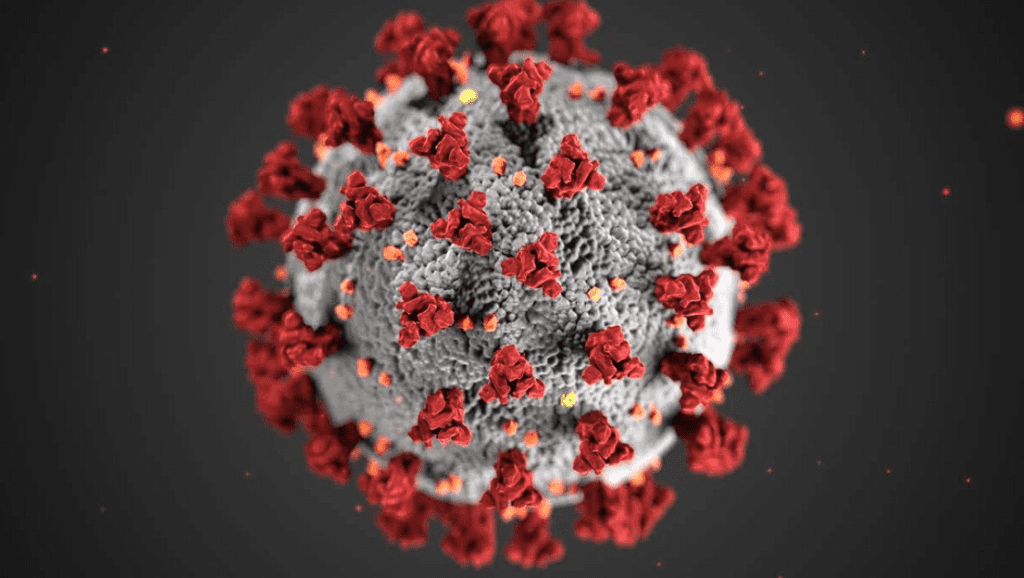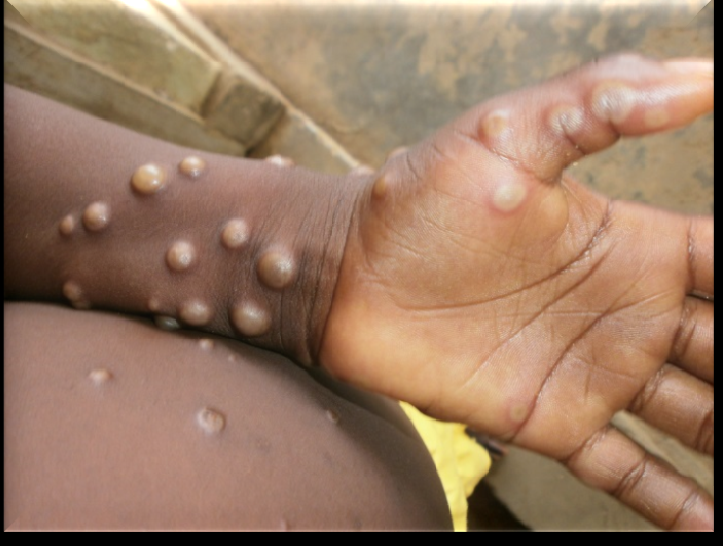
Introduction
Mpox, previously known as monkeypox, is a viral illness that has garnered significant attention in recent years. This infectious disease is caused by the monkeypox virus, a member of the Orthopoxvirus genus. Although mpox has been around for decades, its emergence as a global health concern has raised awareness about its transmission, symptoms, and prevention. In this article, we will explore the key aspects of mpox, including its origins, how it spreads, its symptoms, treatment options, preventive measures, and the global response to the outbreak.

Origins of Mpox
Mpox was first identified in laboratory monkeys in 1958, which is how it got its name. However, the first human case was reported in 1970 in the Democratic Republic of the Congo. Since then, mpox has primarily circulated in Central and West Africa. Recently, a global outbreak occurred, leading to cases being reported in over 110 countries. This rapid spread has been attributed to increased international travel and globalization.
How mpox spreads
The monkeypox virus is transmitted through direct contact with infected animals, humans, or contaminated materials. It can spread through respiratory droplets, physical contact with lesions, and even through contaminated surfaces. Notably, the virus can also be transmitted from pregnant individuals to their unborn babies. Therefore, understanding the transmission pathways is crucial for preventing further outbreaks.
Treatment pathway
| Transmission Method | Description |
|---|---|
| Direct Contact | Contact with lesions or bodily fluids of an infected person. |
| Respiratory Droplets | Inhalation of droplets from an infected person’s cough or sneeze. |
| Contaminated Surfaces | Touching surfaces or materials contaminated with the virus. |
| Animal Contact | Handling or consuming infected animals, particularly in endemic regions. |
| Vertical Transmission | Transmission from a pregnant individual to their fetus. |
Symptoms of mpox
The symptoms of mpox can vary widely, but they typically include fever, rash, swollen lymph nodes, and muscle aches. The rash usually develops in stages, starting as flat spots that progress to raised bumps and eventually form pus-filled blisters. This progression can be painful and distressing for those affected.
It is important to note that mpox can be mistaken for other illnesses, such as chickenpox or herpes. Consequently, accurate diagnosis is essential. Testing is usually conducted through polymerase chain reaction (PCR) to detect viral DNA from skin lesions or other bodily fluids. This testing is vital for distinguishing mpox from other similar conditions and ensuring timely treatment.
Treatment options
Currently, there is no specific antiviral treatment for mpox. Instead, supportive care is recommended to manage symptoms and prevent complications. This care may include pain management, hydration, and wound care. In some cases, antiviral medications initially developed for smallpox are being repurposed for mpox treatment.
Vaccination
Vaccination is a critical tool in preventing mpox infection. The smallpox vaccine has been found to provide some level of protection against the monkeypox virus. Vaccination is especially recommended for high-risk groups, including healthcare workers, individuals with multiple sexual partners, and those living in close contact with infected individuals.
Additionally, post-exposure vaccination can be administered within four days of contact with an infected person to help prevent the onset of the disease. This proactive approach is essential in controlling outbreaks and minimizing the spread of the virus.
Preventive measures
Preventing the spread of mpox requires a multi-faceted approach. First and foremost, individuals are encouraged to practice good hygiene, including frequent handwashing and avoiding close contact with infected individuals. Wearing personal protective equipment (PPE) in healthcare settings is also crucial for protecting healthcare workers from exposure.
Key preventive strategies
| Preventive Measure | Description |
|---|---|
| Good Hygiene | Frequent handwashing and use of hand sanitizers. |
| Avoid Close Contact | Keeping distance from infected individuals. |
| Use of PPE | Wearing masks and gloves in healthcare settings. |
| Monitor Symptoms | Observing for symptoms after potential exposure. |
| Public Health Campaigns | Raising awareness about mpox and its prevention. |
Furthermore, individuals who have been in contact with someone diagnosed with mpox should monitor for symptoms for 21 days. During this observation period, it is advisable to avoid sexual activity and close contact with others. This precaution helps to reduce the risk of transmission.
The global response
In response to the mpox outbreak, health organizations and governments worldwide have implemented measures to control the spread of the virus. The World Health Organization (WHO) has declared mpox a public health emergency, emphasizing the need for coordinated efforts to manage the situation. Countries have been urged to increase surveillance, improve diagnostic capabilities, and ensure that healthcare systems are prepared to handle potential cases. Additionally, research into effective treatments and vaccines is ongoing, as the need for robust solutions becomes increasingly apparent.
Conclusion
Mpox is a viral illness that poses significant public health challenges, particularly in light of its recent global spread. By understanding the virus, its transmission, symptoms, and prevention strategies, individuals can take proactive steps to protect themselves and their communities. As awareness increases, it is crucial that public health efforts continue to focus on education, vaccination, and research. By working together, we can mitigate the impact of mpox and ensure a healthier future for everyone.
read more about mpox virus : https://en.wikipedia.org/wiki/Mpox
want to know why the rate of heart attack is increasing : https://textbuffet.com/unseen-factors-fueling-the-rise-in-heart-disease-today/









buy ad account facebook account store account buying platform
buy facebook accounts for advertising buy account profitable account sales
Với giao diện mượt mà và ưu đãi hấp dẫn, MM88 là lựa chọn lý tưởng cho các tín đồ giải trí trực tuyến.
Đến với J88, bạn sẽ được trải nghiệm dịch vụ cá cược chuyên nghiệp cùng hàng ngàn sự kiện khuyến mãi độc quyền.
专业构建与管理谷歌站群网络,助力品牌实现全域流量的强势增长。谷歌站群
Tham gia cộng đồng game thủ tại Go88 để trải nghiệm các trò chơi bài, poker phổ biến nhất hiện nay.